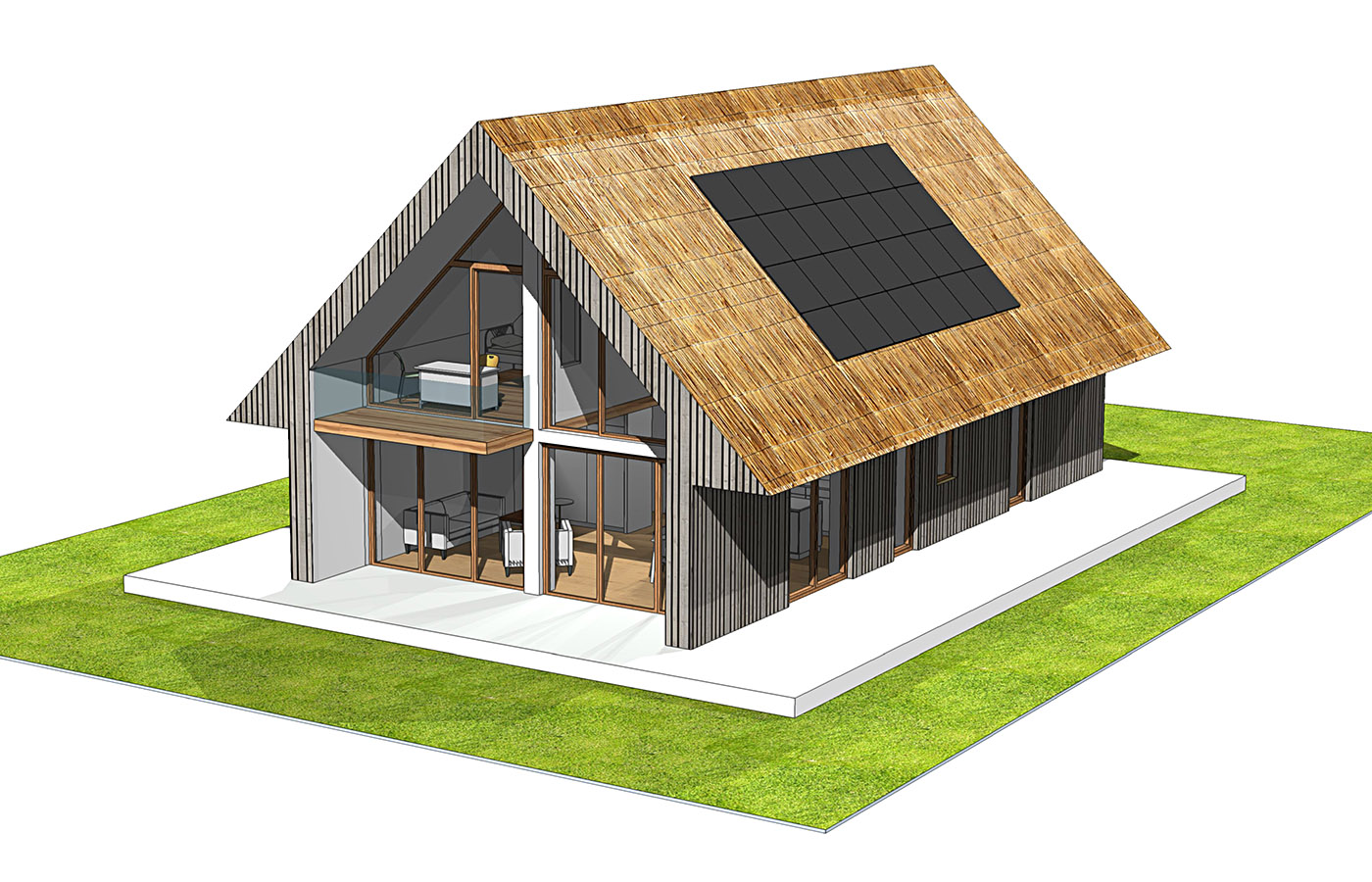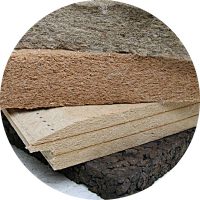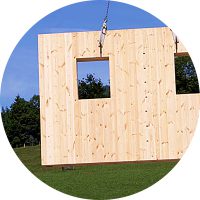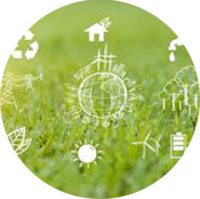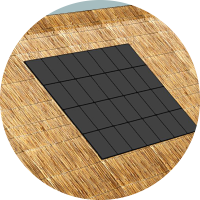HEALTHY AND SUSTAINABLE
Natural materials
The choice of materials has a crucial influence on the living indoor climate, including health benefits of the residents. This has to do with the building-physical and building-biological properties of the various materials. Sustainable Houses is therefore a great supporter of natural materials.
From an environmental point of view, all materials have a large or smaller ‘footprint’. Sometimes it is even possible to achieve a negative CO² footprint, because natural materials in particular have stored (during their growth) more CO² than they cause including transport, processing, etc. Another great advantage of natural materials is that they are inexhaustible and can grow naturally without adding energy.
The use of natural materials is a win-win situation and offers special added value for people and nature. Our goal is to achieve a healthy, comfortable and beautiful living environment that is climate neutral for a healthy ecosystem.
The use of natural materials such as wood, reed, straw, clay, etc. from the area is not only environmentally advantageous, but is also financially more attractive because it promotes employment in your own country.
Our construction method is based on the maximum use of natural materials that serve the future interests and health of humans in conjunction with nature.
Natural materials (bio-ecological construction) have great added value for the residents.
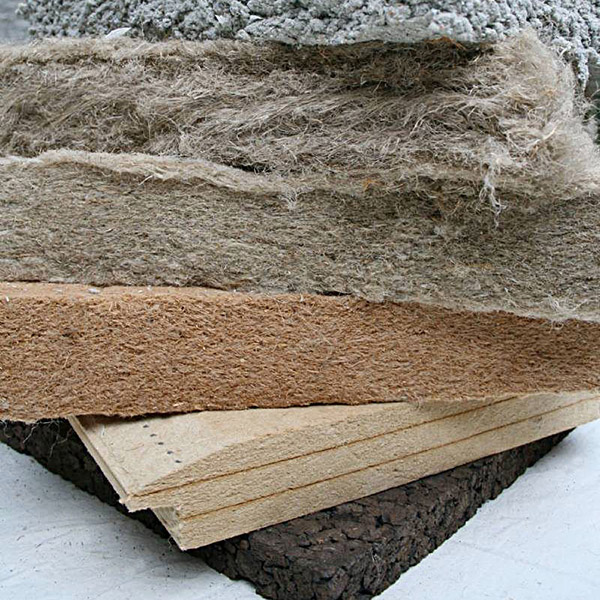
Circular, modular and flexible
Natural materials are particularly suitable for an (endless) circular cycle. They are an indispensable part of a circular economy. The aim is to maximize the reusability of products and raw materials and to minimize value destruction.
The construction method, the design and the chosen connections / connecting means largely determine the reusability of the elements and the loose materials. These principles are central to the circular designs of Sustainable Houses.
Due to a smart design and construction method the house can be adapted in a fairly simple way. This greatly increases the lifespan and usability. A flexible and modular system is often more sustainable than rigid, non-flexible systems. Our designs and construction methods guarantee a maximum of ‘freedom’ and adaptability.
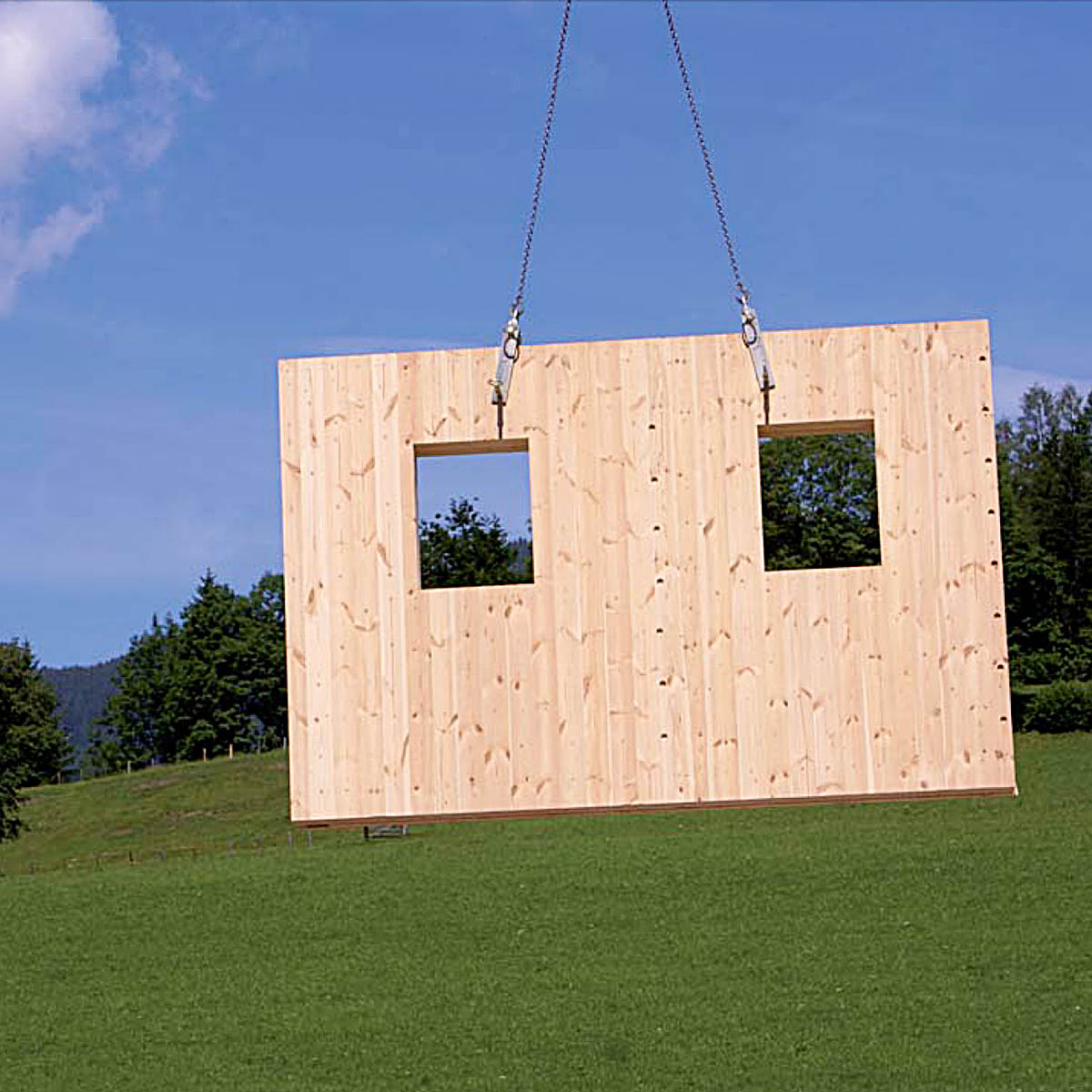
Autarkic
Sustainable Houses has developed an autonomous housing concept that is 100% self-sufficient in terms of energy production (electricity and heat), water supply and waste purification This means that our house (or several houses together) must be able to produce their own energy and clean drinking water and purify their wastewater in order to be able to reuse it responsibly. In doing so, we apply the latest insights that circular nature has shown us, combined with the most innovative knowledge in the field of environmental technology.
In fact, no utilities (except, possibly a local smart network) need to be present. This kind of selfsufficiency is of course particularly attractive for regions where there is no infrastructure. But also, for regions that want to make themselves independent of the ‘big’ utility companies. The technical installation solutions are tailor-made according to your wishes and budget. The autarkic housing concept is shown in a step-by-step diagram below. This actually consists of a number of levels which you may consider as a selection menu (see image).
Given the strict environmental and energy standards (BENG) in the Netherlands with regard to newbuild homes, Sustainable Houses will initially focus on the first three steps in the self-sufficient housing concept as indicated above.
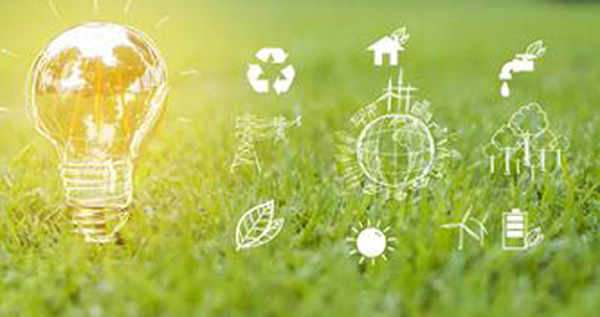
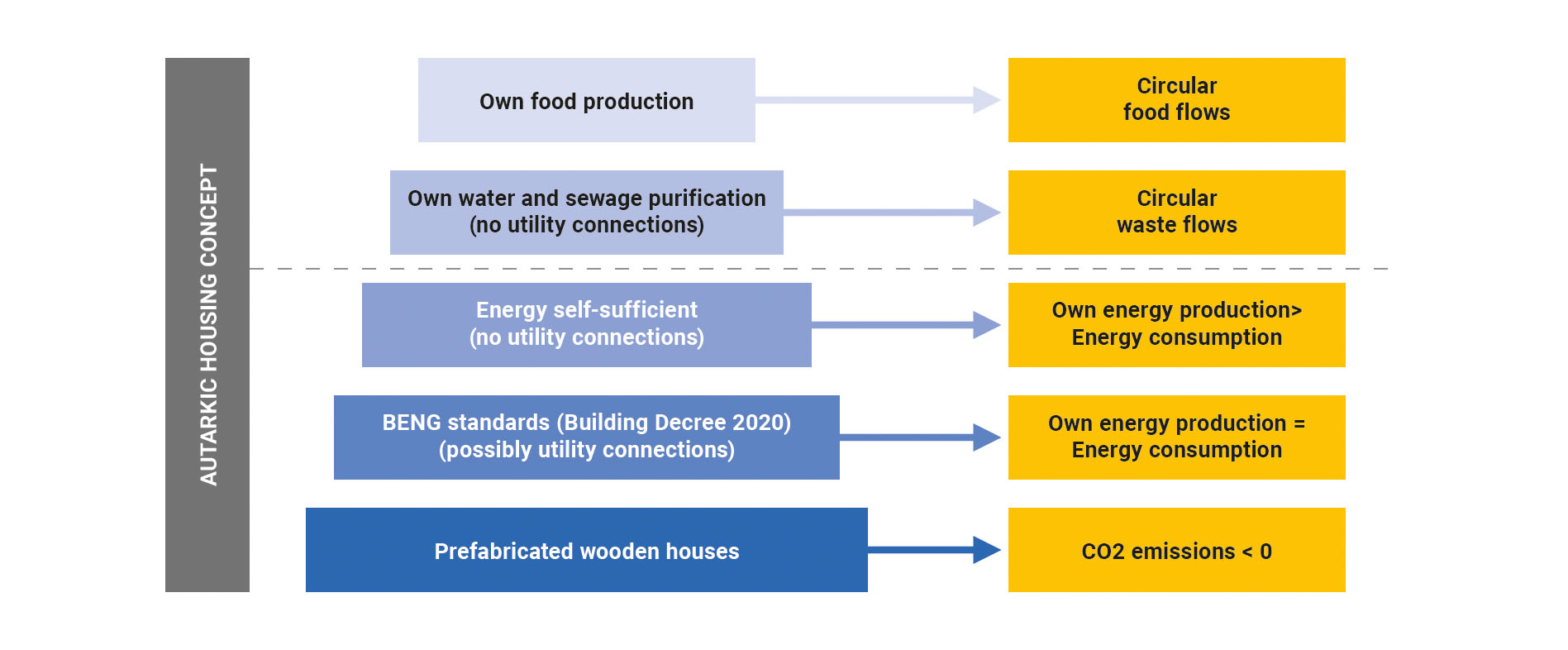
Energy delivering
To realize an energy-neutral, NOM (zero on the meter) or energy-supplying house, we initially follow the trias energetics and in part the passive house principles. This means that you have long-term sustainability in mind and therefore invest in, for example, a properly functioning and comfortable shell. Do you follow the other passive house principles such as: compact building, taking into account the orientation (passive solar gain), meaningful facade openings, high airtightness (different from building vapor open), HRV, is the result and very low energy demand for space heating. An important step to make the house energy neutral or energy-producing.
Sustainable Houses would always try to achieve an energy-supplying state, in particular to be able to compensate the material-bound energy flows in theory. The material-bound energy flow is energy that is needed to produce the (building) materials, to transport them, to build the house and to demolish it again in its final phase; and ideally reuse at another place.
Considering the entire life cycle of a house is therefore a much fairer approach from an environmental point of view than just wanting to achieve the building-bound and household energy flows (heating the house, hot tap water and household appliances) in order to have, for example, an energy-saving house. An energy-supplying house offers the opportunity to compensate for these material-bound energy flows during its use phase and thus achieve ‘real’ energy neutrality and beyond.
